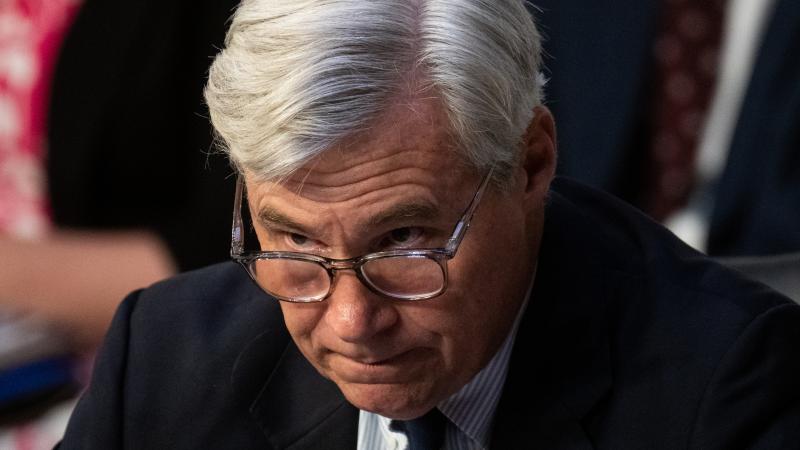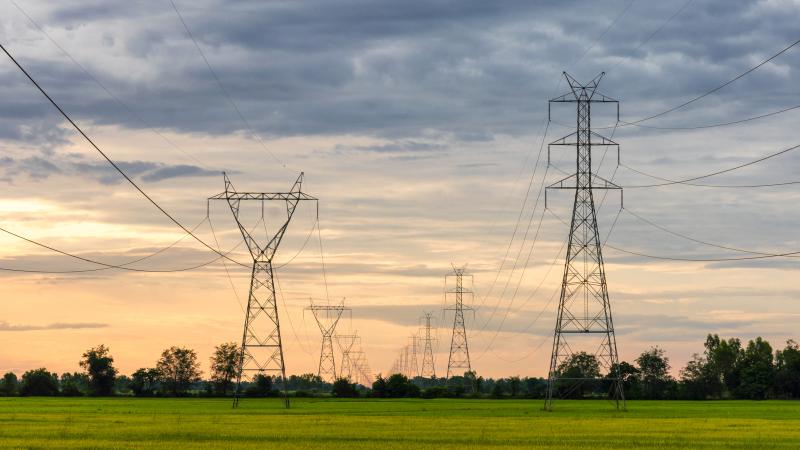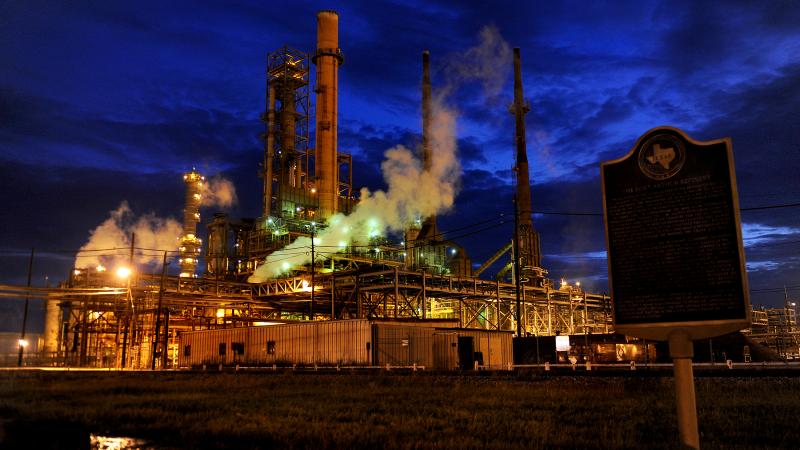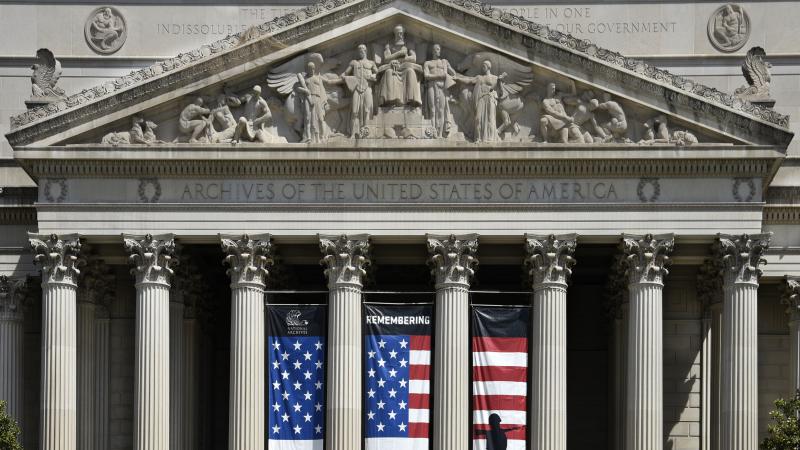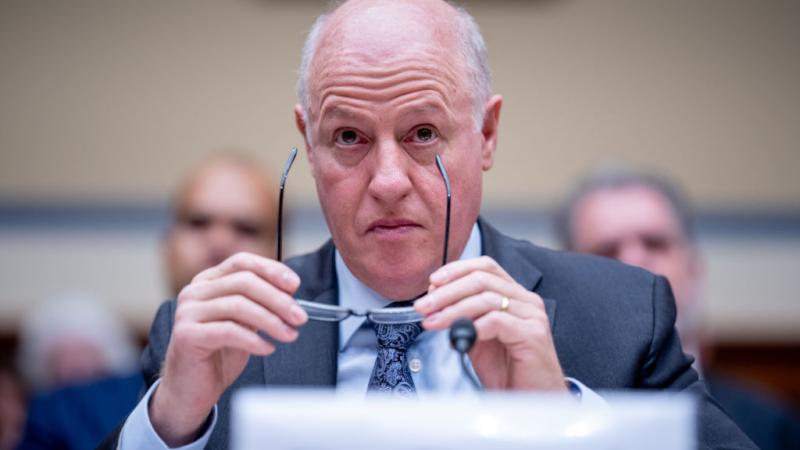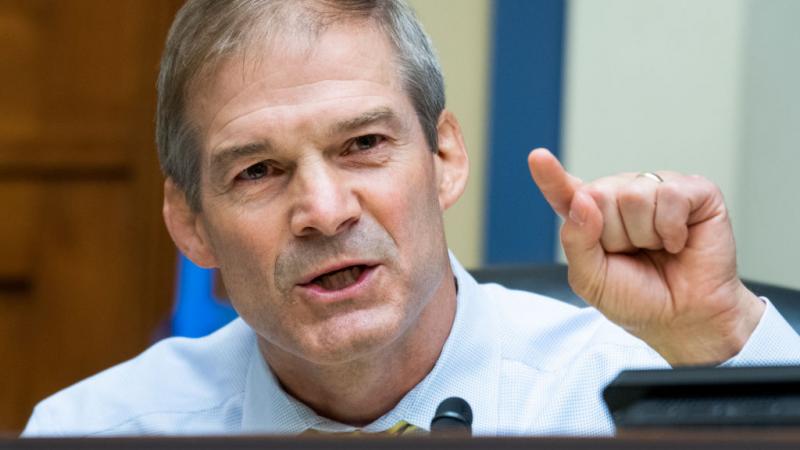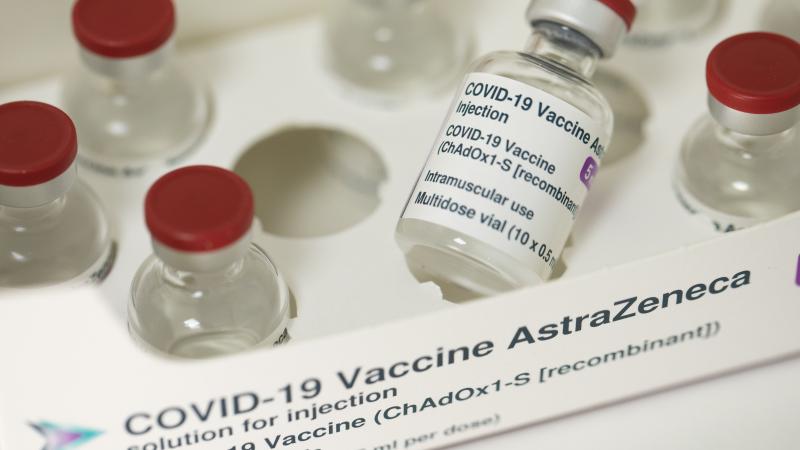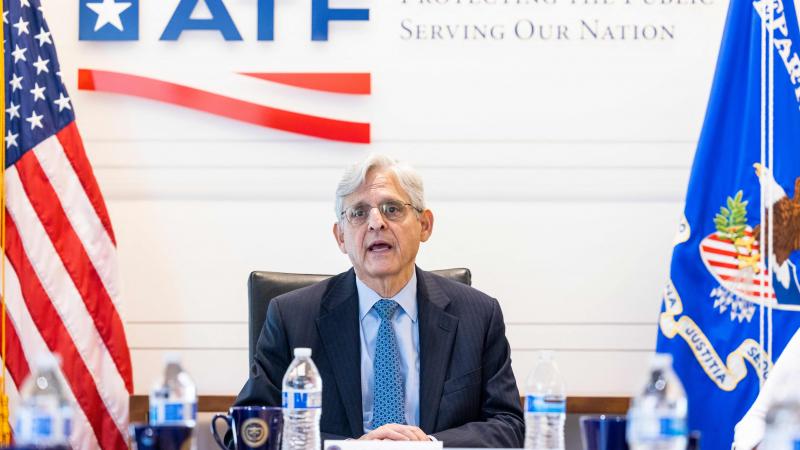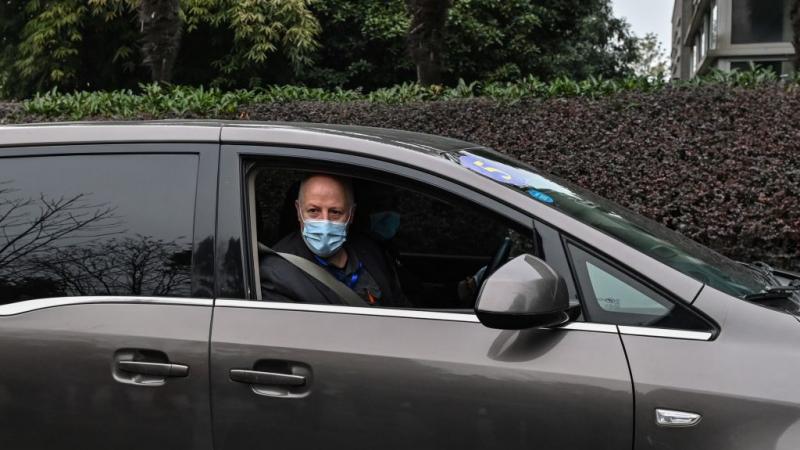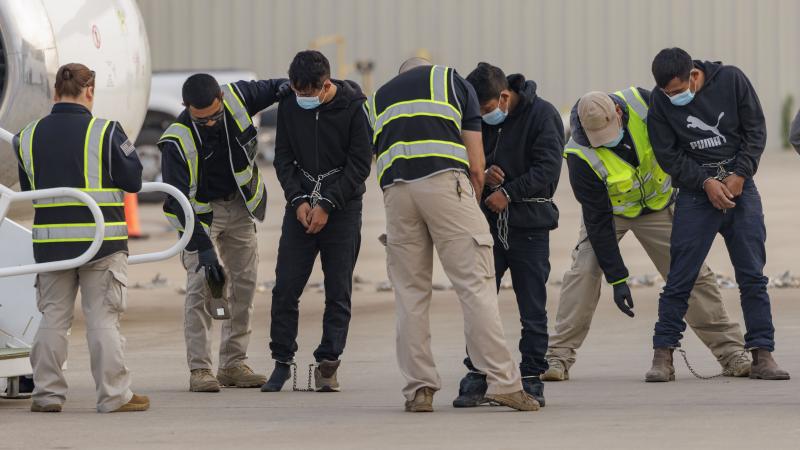When locals oppose the green agenda, state and feds officials seek ways to ignore local concerns
Since 2015, more than 600 renewable energy projects have been halted as a result of local opposition. Michigan recently joined Illinois, New York and California, each with laws that allow the state to override local actions against renewable energy projects.
Michigan Democratic Gov. Gretchen Whitmer’s green ambitions have been on full display as of late. Late last month, she signed into law committing the state to producing 100% of its electricity from carbon dioxide-free sources by 2040. Last week, by way of Whitmer’s executive order, Michigan's state automobile fleet will be all electric by 2040.
One of the main impediments the state has had in building out wind and solar farms, and the high-voltage transmission lines to support them, is that local communities don’t always like the expansive area of land over which the projects take control.
Energy Expert Robert Bryce keeps an approximate tally of renewable energy projects that local communities in the United States have rejected since 2015. There are over 600 entries so far, and nearly 60 of those are in the state of Michigan.
Faced with all this local opposition standing in the way of the state’s green energy plans, the Michigan Legislature passed bills last month, which Whitmer signed into law last week, that will “let state regulators override local decisions about where to allow large-scale wind and solar arrays.”
Bryce told Just The News that wind and solar energy have two major fundamental flaws. The first is that they’re intermittent, meaning that it takes a lot of farms, a lot of storage and backup, and a lot of transmission lines to transport energy from wherever it’s produced at any given time to where it’s needed. Related to the first flaw, Bryce said, is the second flaw: land-use conflicts.
“They simply require too much land. And this is the reality that has continually been denied by the myriad of promoters of renewables,” he said.
Bypassing Locals
A Columbia Law School report published in May examined legal and regulatory obstacles to renewable energy projects and found that 228 local restrictions across 35 states and 293 projects have run up against “significant opposition” in 45 states.
Besides Michigan, three other states have laws that allow the state to override local actions against renewable energy projects.
Since 2015, New York state law has allowed the state Siting Board to override local laws wherever the permitting application is determined to be “unduly burdensome.” In 2022, California passed a law that gives the California Energy Commission the authority to bypass local restrictions in the siting of large-scale renewable energy projects.
In January, Illinois Gov. J.B. Pritzker signed a bill that stops local governments from limiting or banning wind and solar power.
“This is just the Democrats carrying water for big wind and big solar. It's that simple,” Bryce said.
Some conservationists say that a permitting reform proposal announced last month by the Bureau of Land Management (BLM) is aimed at minimizing public participation in the permitting of transmission lines on public lands.
The proposed rule revises seven sections of the West-wide Energy Corridor (WWEC). The strip of land, which was designated in 2009, spreads nearly 6,000 miles across 11 states. According to the BLM, the designated land, which limited development to specific uses such as underground-only projects, were not made with the land-intensive needs of the Biden administration’s green energy goals. By revising the rules and amending 19 resource management plans in Arizona, California, Colorado, Nevada, New Mexico, Utah, and Wyoming, the federal government could speed up expansion of the nation’s energy grid and help connect wind and solar farms to consumers.
Fast-tracking
Anne Brande, executive director of the Albany County Conservancy (ACC) in Wyoming, told Just The News that the BLM’s comment period on the proposed rule was opened just before the holidays and gives little time for nonprofits to review the original rules of the proposed changes. “This is manipulative at best,” Brande said.
The new rules, she said, will make it harder for the public to participate in the process. Brande explained that the rules, if finalized, will be part of means of speeding up the process by shortcutting the National Environmental Policy Act, which requires in many cases a thorough analysis of environmental, cultural and historical impacts before a project on public land can be permitted. She said the members of the ACC don’t blame the BLM for wanting the rule.
“They work for the federal government and feel the pressure to speed up the development of renewables in this energy corridor,” Brande said.
Brande said that despite the WWEC designation, power lines were being approved in the corridor, and the rules would retroactively grant the projects legal standing.
Erik Molvar, executive director of the Western Watersheds Project, told Just The News that the way transmission companies ignored the corridor designation raises some questions about the intent of the BLM’s proposal, as well as the outcome if it’s finalized.
“Transmission companies just put the lines wherever they wanted to anyway, irrespective of where the corridors were. So there's some question as to whether this whole effort is just a paper exercise and a waste of money or whether this is going to have any real significance,” Molvar said.
That being said, Molvar explained, large-scale transmission lines draw in large-scale energy projects, whether they be wind, solar, or perhaps coal-fired power plants.
Southern Wyoming is part of a migration corridor of golden eagles, and the cumulative impacts of many large-scale wind farms being constructed in the area has wildlife biologists concerned.
“So these lines ought to be chosen with an eye toward avoiding sensitive environmental areas, and with an eye towards wind energy development, in particular, avoiding large concentrations of nesting golden eagles,” Molvar said.
The Western Watersheds Project is supportive of an energy transition, but Molvar said that a wiser policy would site renewable energy in urban and developed areas. Those areas should be exhausted, he said, before developing pristine areas with sensitive wildlife habitats.
Eminent domain
Another project related to reducing carbon emissions are carbon dioxide pipeline projects supporting carbon capture and underground storage (CCUS). The goal of the technology is to either capture carbon dioxide emissions at their source or suck carbon dioxide out of the air. The captured gas is then pumped underground to keep it from trapping the sun’s heat in the atmosphere.
The pipelines to transport the gas, like other renewable energy projects, have met with fierce local opposition. Pipeline projects in Iowa, Nebraska, North Dakota, South Dakota, Iowa, and Illinois have had their permit applications rejected or had projects delayed, according to Reuters, as a result of concerns from landowners along the proposed pipeline routes.
Landowners along these routes are now concerned that state governments may use eminent domain, which allows the government to take land for projects deemed to be for the public benefit. The landowner is paid market value for the land, but it’s another way to bypass local opposition.
During the Republican presidential candidate debate Wednesday, candidate Vivek Ramaswamy criticized the use of eminent domain for projects supporting what he called the “climate agenda hoax.”
Mentioning farmers facing the prospect of eminent domain in Iowa, Ramaswamy said, “If you thought COVID was bad, what’s coming with this climate agenda is far worse. We should not be bending the knee to this religion.” During a campaign speech in Iowa earlier this week, Ramaswamy warned that the use of eminent domain for these pipelines will open up the door to broader government seizures.
“You mark my words, if that meets the test, that justifies the Biden administration or anybody else coming after him to be able to come into your home and seize your gas stove and leave a $50 check in your mailbox,” Ramaswamy said.
According to some estimates, the U.S. needs to triple the size of its transmission system by 2050 in order to completely decarbonize the electricity grid, and that doesn’t include carbon pipelines, wind farms, solar farms, battery facilities and other projects that are needed.
As these projects pop up more and more across the U.S. affecting more local communities, the number of land-use conflicts will continue to grow.
The Facts Inside Our Reporter's Notebook
Links
- producing 100% of its electricity from carbon dioxide-free sources by 2040
- Michigan's state automobile fleet will be all electric by 2040
- approximate tally of renewable energy projects
- passed bills last month
- Columbia Law School report
- New York state law has allowed
- the authority to bypass local restrictions
- stops local governments from limiting or banning wind and solar power
- permitting reform proposal announced last month
- Albany County Conservancy
- Western Watersheds Project
- part of a migration corridor of golden eagles
- according to Reuters
- Ramaswamy said

